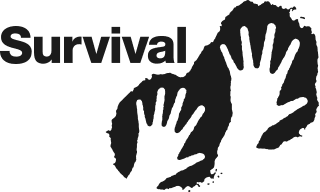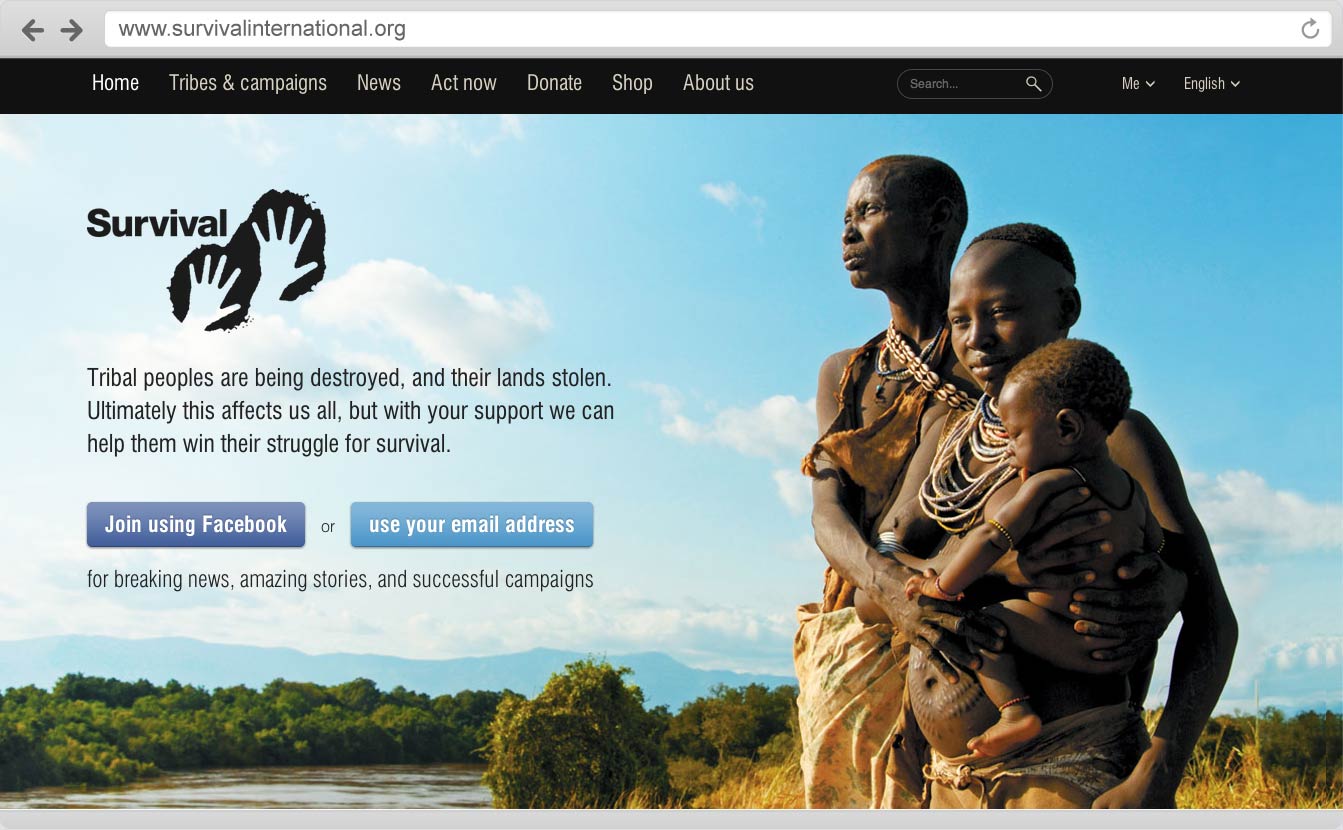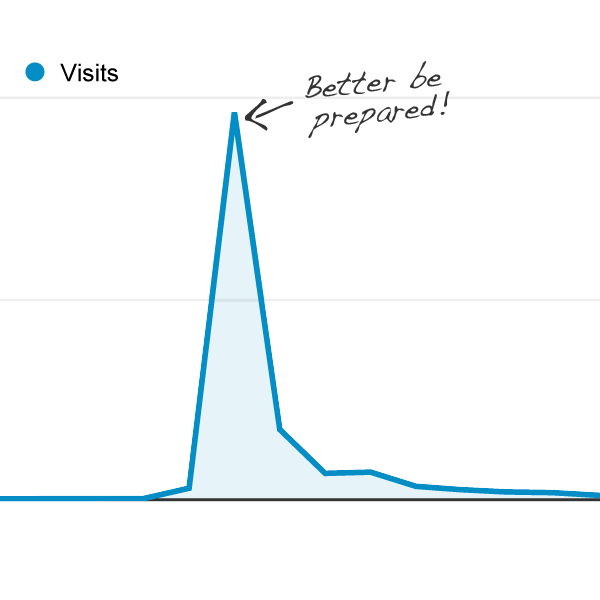


As well as online petitions and email actions, Survival's web platform allows supporters to write good old-fashioned paper letters to campaign targets. A ready-to-print PDF file lands in the supporter's inbox; tens of thousands of letters are sent this way, and subsequent letters can be produced with just one click.
Receiving hundreds (or even thousands) of printed letters from around the world has had an impact on campaign targets far greater than any number of easier-to-block emails.
We increased the conversion rate of online campaigns by over 50% by allowing supporters to sign petitions and send email actions using their Facebook details. Two clicks later, a new supporter has signed up to receive campaign alerts by email and their signature has been added to the petition. Those opting to not use Facebook can still sign with their name and email address: a real-time spam detection algorithm reduces abuse to almost zero.

We helped Survival increase its average monthly site traffic to 200,000 unique visitors and beyond. But the real magic happens when, out of nowhere, a news story catches the world's imagination and millions of visitors descend on the site in a matter of hours.
By the time this happens, it's too late to start making plans to scale your web servers. You need to have everything in place ready to go, but you don't want to pay for enough resources year-round to deal with the occasional mega-spikes.
Because the resources used by our technical strategy are effectively pay-as-you-go, there is relatively little overhead needed until a big news story hits.
Survival's films have been watched well over 7 million times online, and reached countless more viewers on TV and DVD. Celebrities including Colin Firth, Joanna Lumley, Julie Christie, Gillian Anderson and David Mitchell have provided voiceovers for Survival films produced by members of The Web Collective.
Producing films that inspire, entertain and drive people to take action is tough, but building the architecture to distribute them is another challenge.
Survival films are syndicated to YouTube and Vimeo, but the primary delivery mechanism is a custom video player based on JW Player, with video content dynamically streamed in high definition using Amazon Cloudfront. This allows Survival to have complete control over the user experience, and means films can be instantly updated with new messaging and in-video campaigns -- even updating films that have already been embedded on third-party sites. It also reduces the organisation's reliance on other platforms, making the distribution process more resilient to attack.
As an international organization speaking seven languages, Survival needed a web platform to match. But we wanted to go further than usual, to make every language a first-class citizen:
We needed to develop custom tooling to enable much of this, but the end result is that everything can be published in every language on the same day it debuts in English, with very efficient use of staff time.

The release of this video of a West Papuan man being tortured by Indonesian troops triggered a huge DDoS attack against Survival
Survival is regularly attacked by governments and corporations with effectively limitless resources. Although we can't talk publicly about most of the security countermeasures, the organisation takes security extremely seriously:
Survival's extraordinary effectiveness as a campaigning organisation makes it a juicy target; keeping its systems secure and costs to a minimum is a vital job—and an interesting challenge.
To get beyond template-driven web publishing, we created some software which lets non-technical people create their own web page layouts. Standard styles and fonts are applied so the pages fit in with the rest of the site, and the resulting pages are automatically fully responsive -- so they look great on every screen from mobile phones up to giant projections. Take a look at a few examples: no coding was involved in any of these pages.
The Matsés • Get Creative • Run a marathon!
A custom jQuery plugin paired with some back-end magic allows for complex, responsive Bootstrap layouts to be designed using a click-and-drag interface with live preview. The layout information is stored in the database as JSON and rendered to HTML on demand, with the Liquid templating engine merging in the per-language translations on the fly.
Survival's website is built on Ruby on Rails: it's a complex application with 146 models and more than 42,000 lines of code. It interfaces with more than a dozen third party services, from credit card processors to direct debit agencies, database applications to real-time spam detection. Rails is the ideal platform for a project of this scope and ambition: a vibrant ecosystem of third-party software means there's no need to reinvent the wheel, and it's extremely fast to develop and easy to deploy.
Survival's supporter services team use Salesforce.com to manage supporter records. (The Salesforce Foundation donates licenses to eligible nonprofits.) Whenever an online donation is made, the web platform connects to the Salesforce database and enters the details of the donation automatically. It even handles the Gift Aid status both for new and existing supporters.
And when a monthly donation is completed, the payment processor sends an automated, secure message to the Survival website, which in turn updates the Salesforce database accordingly. This level of automation has helped Survival do even more with its resources, and virtually eliminates administration and data entry for online giving.
Let's find out how The Web Collective can help your organization to revolutionize its online campaigning and fundraising.
Email us at hello@webcollective.io or call +44 (0)7779 297302